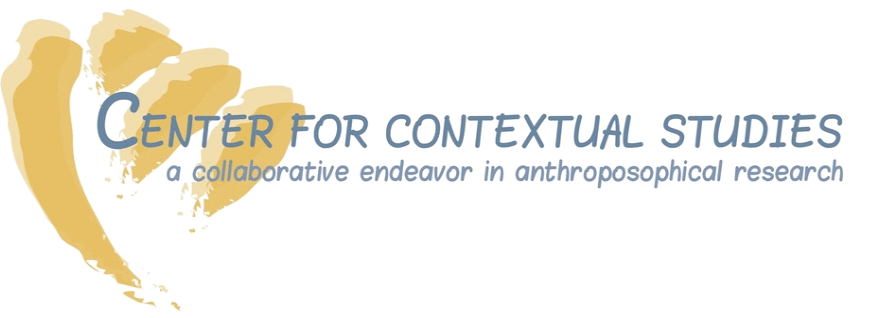Register now for the upcoming collaborative workshop for Upper Grades and High School teachers in Santa Rosa at www.findingcontext.org. Conference materials have been added to the workshop page.
Fostering Creativity, Imagination and Initiative in Adolescents
February 17-19, 2019 at Summerfield Waldorf School
with San Francisco Waldorf School and the Waldorf School of the Penninsula
On the conference theme, by Jon McAlice :
Only at the end of the first teachers’ course did Rudolf Steiner offer some thoughts concerning adolescent education. He refers obliquely to the challenges arising in education following puberty and makes it clear that as teachers we face a new challenge to “bring into the child’s soul life what comes from the nature of the limbs”. He points out that “just as the soul-teeth appear as a capacity to learn to read and write, an activity of imagination and a permeation of inner warmth announces what the soul develops” following puberty. The task of the teacher is to “emphasize particularly anything that depends on the soul’s capacity to fill things with inner love, that is, everything expressed by imagination.” And he concludes by saying that “[w]e are more justified in requiring the seven-year-old child to develop intellectuality through reading and writing than we are in neglecting to bring imagination continually into the power of judgment” that awakens in the young adolescent.
What is imagination? And what role does it play in adolescent development? How do we as teachers strengthen this new capacity in our students?
Imagination means different things to different people. For Steiner, imagination is a form of understanding. He sees it from a Goethean perspective. Imagination is the activity through which the world is brought to life within the human soul. It is the key to a way of knowing that overcomes the intellect’s innate tendency to hold the world at bay and thus create an artificial disconnect between human consciousness and the experienced life-world. It is a way of connecting. It allows us to experience meaning.
Developmentally, two psychological changes accompany the passage through puberty and into adolescence. One has to do with the maturation of the bodily organism, the other with the changed relationship to the world that results from it. Upper grades and high school education must take both into consideration. The former comes to expression in a certain acuity in thinking, the ability to cognize how one thing is related to another, how one action or event can cause another. This intellectual capacity, the foundation of our modern scientific thinking, marks the end of the process of bodily maturation.
The other side of adolescence is more future oriented. It centers on the question of the emergent self and under the right conditions blossoms as idealism and creativity. This is “what the soul develops” following puberty. Students learn to focus and strengthen it through the practice of imagination.
High school education has tended to be more concerned with the former - the intellectual - than the latter - the imaginative. It is time to shift that focus and to create the space and the conditions students need to practice the power of imagination.
